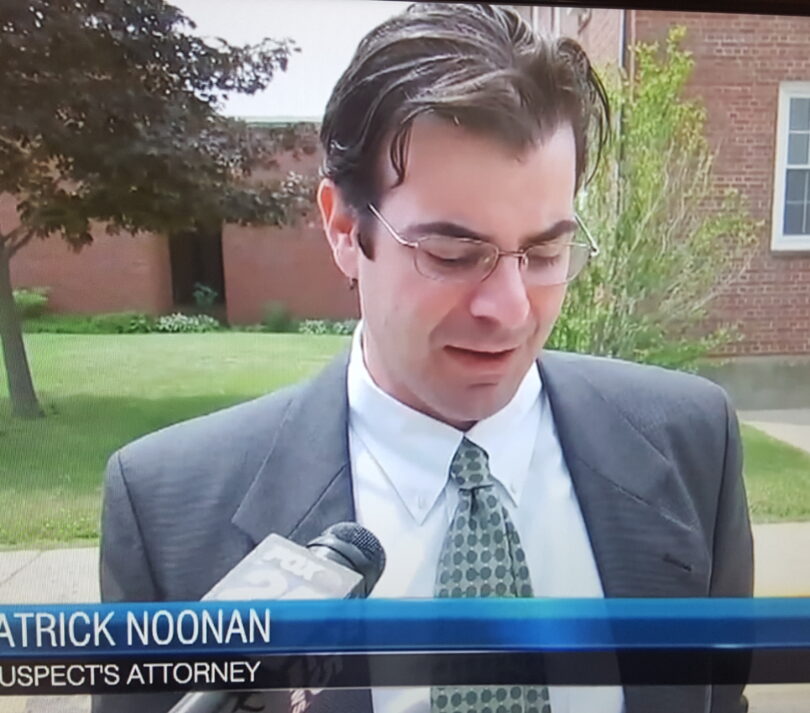Skin Infections That Can Kill
Necrotizing Fasciitis is a serious, flesh-eating bacterial infection. The bacteria that causes Necrotizing Fasciitis can enter into the body through any wound or tear or break in the skin. Once a person is infected, the infection spreads rapidly through the body killing soft tissue (dermis, subcutaneous tissue, fascia or muscle).
It can be hard to diagnose in very early stages because the symptoms of Necrotizing Fasciitis are very similar to cellulitis, another type of bacterial infection of the skin and tissues beneath the skin.
Necrotizing Fasciitis is most commonly caused by group A Streptococcus (group A strep) bacteria; however, other bacteria can also cause flesh-eating infections including Klebsiella, Clostridium, Escherichia coli, Staphylococcus aureus, and Aeromonas hydrophila.
Types and Classifications of Necrotizing Fasciitis (1)
Necrotizing Fasciitis is classified based on the type of bacteria that caused it.
Type 1 – polymicrobial infection with aerobic and anaerobic bacteria; usually in patients with immunocompromise or chronic disease.
Type 2 – Group A streptococcus (GAS): occurs in any age group and in otherwise healthy people; occasionally accompanied by staphylococcal infection.
Type 3 – Gram-negative monomicrobial infection: This includes marine organisms such as Vibrio spp. and Aeromonas hydrophila, which can occur following seawater contamination of wounds, injuries involving fish fins or stings, and raw seafood consumption – particularly in patients with chronic liver disease.
These marine infections are particularly virulent and can be fatal within 48 hours.
Type 4 – fungal infection:
- Zygomycetes after traumatic wounds or burns.
- Candidal infection in immunocompromised patients.
- Can be rapidly progressive with high mortality.
Symptoms of Necrotizing Fasciitis
Symptoms typically begin within a few hours of being infected with a flesh-eating bacteria and include:
- Muscle like pain or soreness
- Skin may become warm, red, purple, or blister, develop black spots or ulcers
- Swelling and pain at the injury (infection) site that spreads and grows worse in a short period of time
- Fever and Chills
- Fatigue
- Vomiting
The common occurrence and dire consequences of infectious disease outbreaks in nursing homes often go unrecognized and unappreciated. Nevertheless, these facilities provide an ideal environment for acquisition and spread of infection: susceptible residents who share sources of air, food, water, and health care in a crowded institutional setting. Moreover, visitors, staff, and residents constantly come and go, bringing in pathogens from both the hospital and the community. Outbreaks of respiratory and gastrointestinal infection predominate in this setting, but outbreaks of skin and soft-tissue infection and infections caused by antimicrobial-resistant bacteria also occur with some frequency. Clinical Infectious Diseases, Volume 36, Issue 7, 1 April 2003, Pages 870–876
Treatment for Necrotizing Fasciitis
The first line of defense against this disease is early detection. The sooner someone is treated, the better their outcome is likely to be. Necrotizing Fasciitis is treated with strong antibiotics administered via IV (through a needle into a vein.) Even when given via an IV, the antibiotics may not reach all of the infected and dying areas if toxins destroy soft tissue and reduce blood flow. Surgery is often necessary to remove dead tissue. This surgery is often critical to stop the infection and must happen quickly.
According the the CDC, infections from group A strep bacteria are generally mild and are easily treated. But in cases of necrotizing fasciitis, bacteria spread quickly once they enter the body. They infect the fascia, connective tissue that surround muscles, nerves, fat, and blood vessels. The infection also damages the tissues next to the fascia. Sometimes toxins (poisons) made by these bacteria destroy the tissue they infect, causing it to die. When this happens, the infection is very serious and those infected can lose limbs or die.(2)
Did your loved one suffer harm or death as a result of elder abuse or nursing home neglect?
The Elderly Are Particularly Susceptible to Serious Infections
Although the CDC considers Necrotizing Fasciitis “rare” as there are “only” 20,000 cases reported each year in the United States, nursing home residents are at a much higher risk for being exposed to this potentially deadly infection than the general population. Hospitals, nursing homes, and other long-term care facilities typically house multiple patients that have a variety of medical conditions. Nursing home residents may be in and out of the hospital where they can contract deadly infections and bring them back to other residents in the nursing home.
The bacteria that causes Necrotizing Fasciitis can enter into the body through any wound or tear or break in the skin. Great care must be taken in nursing homes in order to prevent the spread of infections.
In addition, people with diabetes, kidney disease, cancer, or any chronic health condition are more susceptible to infections. People who take immune suppressant medications for conditions such as rheumatoid arthritis, psoriasis, or lupus are also at a higher risk for developing serious infections.
Accurate diagnosis, prompt antibiotic treatment, and surgery are important to stopping this infection.
Nursing Home Responsibilities
The risk of infection is high for nursing home residents, therefore, nursing homes have a duty to residents to minimize the risk of infection, and to keep infections that do occur, from spreading.
Nursing homes must ensure that nurses and all staff that provide care to residents are qualified and properly trained in all aspects of their jobs. Wound care, dosing of medications, and disease management are all part of nursing home care. If a nursing home is negligent in the care of any of their residents they may be held liable for harm caused to a resident, including contracting an infection.
Nursing homes must devise and implement effective infection control programs. Delays in diagnosing and treating infections can also contribute to the spread of infections among nursing home residents. Read More About Nursing Home Responsibilities to Prevent Infections
Nursing Home Necrotizing Fasciitis Bacterial Infection Injury Lawyers
If someone you love suffered a serious skin or other infection as a result of nursing home neglect, you may be entitled to seek compensation. Nursing homes have a duty to take preventative steps and have measures in place for dealing with infections. They are required to ensure proper wound care, maintain sanitary conditions, and have infectious disease policies in place.
If your loved one suffered harm as a result of neglect or abuse, don’t take the nursing home’s word at face value if they claim no responsibility. Our nursing home neglect and abuse attorneys can evaluate your case and tell you if you have a claim. The initial consultation is always free and you pay nothing unless we take your case and recover for you.
We offer a free, no-obligation legal consultation to help you understand your rights and the value of your case. Our personal injury law firm takes cases involving elder abuse and neglect. We offer legal service to clients in Massachusetts, Rhode Island and New Hampshire.
Massachusetts Elder Abuse and Nursing Home Neglect Personal Injury Attorneys, Free Consultation. No fee if no recovery.
Sources:
- (1) Patient.Info Necrotizing Fasciitis, Dr Colin Tidy, 29 Jul 2015
- (2) Centers for Disease Control and Prevention, “Necrotizing Fasciitis.”



